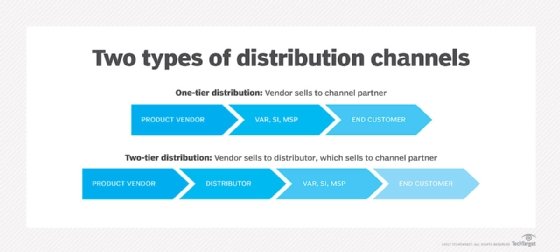

Team owners can manage team-wide settings directly in Teams. When you add a team owner, they are also added as a member, except when the team is created in the Teams admin center or when a team is added to a new or existing Microsoft 365 group. For more information, see Set up and manage channel moderation in Microsoft Teams. (Team owners have moderator capabilities by default.) Moderators within a channel can add or remove other moderators within that channel. Team owners can assign moderators within a channel. Moderators can start new posts in the channel and control whether team members can reply to existing channel messages. In addition, if moderation is set up, team owners and members can have moderator capabilities for a channel. Team members - The people who the owners invite to join their team.

Having multiple team owners lets you share the responsibilities of managing settings and membership, including invitations. Team owners can make any member of their team a co-owner when they invite them to the team or at any point after they've joined the team. Team owner - The person who creates the team.Any changes made to the group membership will be synced with Teams automatically.

Team owners can also create a team based on an existing Microsoft 365 group. See Guest Access in Microsoft Teams for more information. Depending on your organization's settings people from outside of your organization can be added to your teams as guests or as external participants in shared channels. Teams makes it easy for team owners to add people in the organization based on their name. When Teams is activated for your entire organization, team owners can invite anyone at your organization they work with to join their team. See Limits and specifications for Microsoft Teams for information on the limits associated with using Teams.
/DonchianChannels-5c5361ab46e0fb0001be5f35.png)
To learn more, see Apps, bots, & connectors in Teams.įor help using teams and channels, check out Teams and channels.


 0 kommentar(er)
0 kommentar(er)
